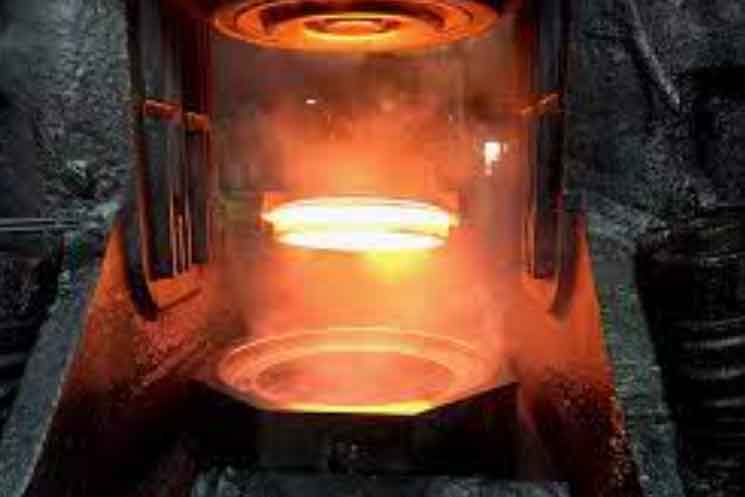
Gear forgings play a crucial role in various industries, including automotive, aerospace, and manufacturing. They offer numerous benefits that make them preferred over other manufacturing methods like casting or machining. Let’s explore some of the advantages of gear forgings and how they contribute to the success of different applications.
- Strength and Durability: Forged gears are renowned for their superior strength and durability. The forging process involves shaping metal through the application of heat and pressure, resulting in a refined grain structure. This grain structure enhances the mechanical properties of the gear, making it capable of withstanding heavy loads, high temperatures, and demanding operating conditions. Forged gears exhibit excellent fatigue resistance and have a longer service life compared to gears produced by other methods.
- Reliability: Gear forgings offer exceptional reliability due to their consistent material properties. The controlled manufacturing process ensures that the gear meets precise specifications and tolerances. This reliability is crucial, especially in critical applications where failure can have severe consequences. Forged gears are less prone to defects, such as voids or inclusions, which can compromise the integrity of the component.
- Precision and Consistency: The forging process allows for excellent dimensional accuracy and consistency in gear production. Close tolerances can be achieved, ensuring proper meshing and alignment with other components. Precise gear geometry leads to smooth operation, reduced noise, and improved overall performance. The ability to maintain consistent quality in large-scale production makes gear forgings highly desirable for mass production applications.
- Cost-effectiveness: While gear forgings may have higher upfront costs compared to other manufacturing methods, they offer long-term cost savings. Their exceptional strength and durability reduce the need for frequent replacements or repairs, resulting in lower maintenance and downtime costs. Additionally, the high material utilization in the forging process minimizes waste and material scrap, optimizing cost efficiency.
- Design Flexibility: Gear forgings provide design flexibility, allowing engineers to create complex and customized gear shapes to meet specific application requirements. The forging process can accommodate a wide range of gear sizes, from small gears used in precision instruments to large gears for heavy machinery. The flexibility in material selection, including various alloys, further enhances the design possibilities and allows for tailored solutions for different operating conditions.
- Enhanced Material Properties: Through heat treatment and controlled cooling processes, gear forgings can be optimized to achieve desired material properties. Heat treatment techniques like quenching and tempering can enhance hardness, strength, and wear resistance, while also improving the resistance to impact and shock loads. This ability to modify material properties during the forging process ensures the gear’s performance matches the application demands.
- Reduced Weight and Size: Gear forgings offer the advantage of achieving high strength-to-weight ratios. By eliminating excess material through precise forging, engineers can create lightweight gears without compromising strength and durability. This reduction in weight is particularly beneficial in industries like aerospace and automotive, where fuel efficiency and weight savings are critical considerations.
Gear forgings provide a range of benefits that contribute to their success in numerous industries. Their exceptional strength, reliability, precision, cost-effectiveness, design flexibility, enhanced material properties, and reduced weight make them an ideal choice for demanding applications. By leveraging the advantages of gear forgings, manufacturers can ensure high-quality and high-performance gears, leading to improved overall system efficiency and reliability.
